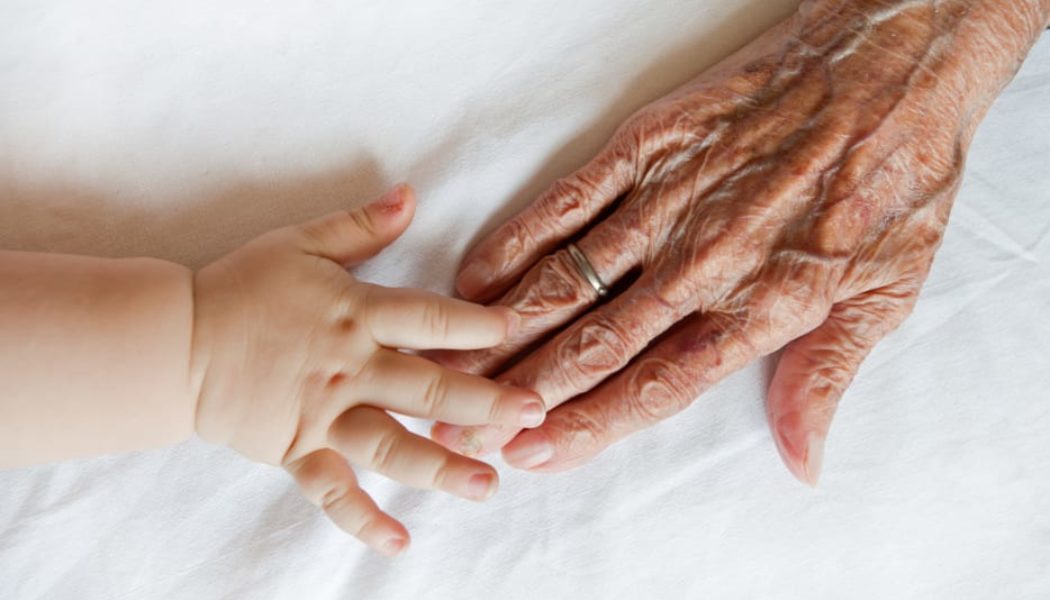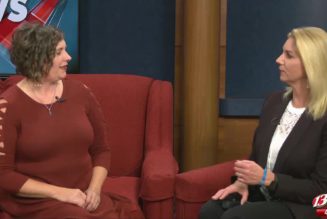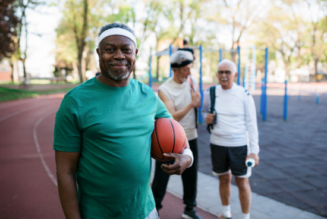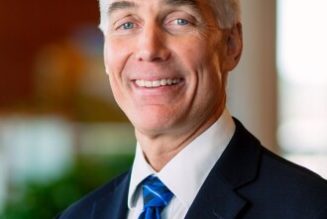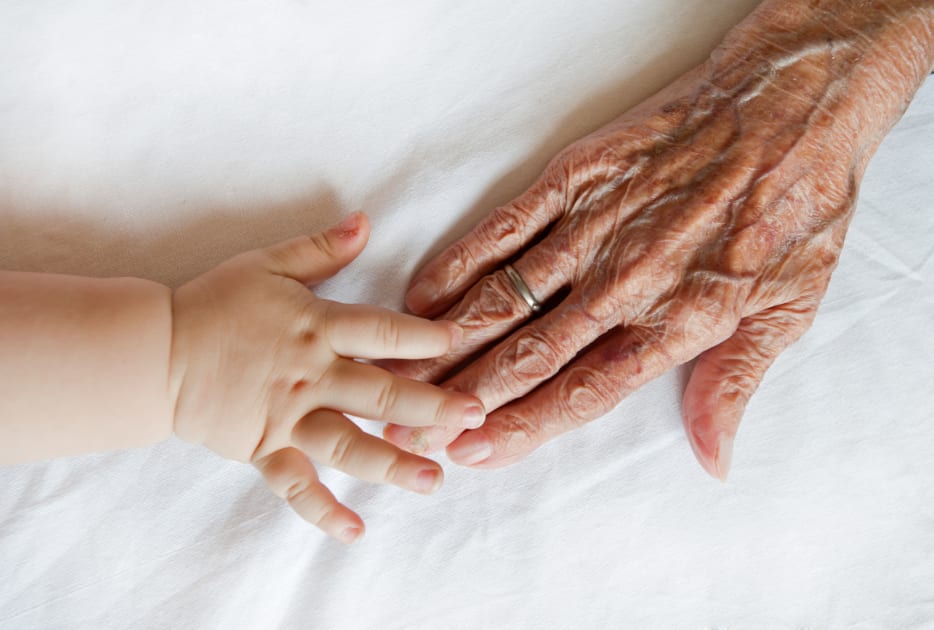
Aging is a major risk factor for most chronic conditions, evidence shows, yet much of current research focuses on addressing specific diseases. The new translational geroscience initiative at Yale School of Medicine (YSM) seeks to change that approach by studying the effects of aging on various ailments.
“Yale School of Medicine has a long legacy in studying aging, but with this new initiative we are bolstering our ability to delineate basic mechanisms of healthy and accelerated aging,” said Nancy J. Brown, MD, Jean and David W. Wallace Dean of the Yale School of Medicine and C.N.H. Long Professor of Internal Medicine.
Yale School of Medicine has a long legacy in studying aging, but with this new initiative we are bolstering our ability to delineate basic mechanisms of healthy and accelerated aging.
Nancy J. Brown, MD
The mechanisms underlying the aging process are often also driving the development and progression of chronic conditions, explains Thomas Gill, MD, Humana Foundation Professor of Medicine (Geriatrics) and professor of epidemiology, Yale School of Public Health, and of investigative medicine at YSM, who leads the Yale Pepper Older Americans Independence Center.
“Elucidating these mechanisms will allow us to develop new gerotherapeutic agents, with the goal of delaying or preventing the onset of these diseases and, in turn, improving the health span—as opposed to the life span—of individuals,” he said.
There is a gaining worldwide interest in geroscience, said Vishwa Deep Dixit, DVM, PhD, Waldemar Von Zedtwitz Professor of Pathology and Professor of Immunobiology, who is director of the Yale Center for Research on Aging (Y-Age). “It has become much clearer that the process of aging is not just some amorphous concept but a very tractable biological problem that we can study to provide new insights into tackling a variety of diseases,” he said.
“Even if we cure a patient’s heart disease, for example, the process of aging would continue and the patient would just trade heart disease for another chronic condition, such as kidney disease, Alzheimer’s, or cancer,” Dixit added. “The idea is that instead of tackling one disease at a time, we tackle aging itself to alter the course of multiple diseases simultaneously.”
It has become much clearer that the process of aging is not just some amorphous concept but a very tractable biological problem that we can study to provide new insights into tackling a variety of diseases.
Vishwa Deep Dixit, DVM, PhD
The new initiative stretches across campus to bring together diverse physician investigators and scientists in areas that are relevant to aging, such as infectious diseases, pulmonary medicine, rheumatology, cardiology, ophthalmology, hematology, endocrinology, and other sections and departments across YSM, according to Gill.
“Almost everyone has a stake in this field because aging underlies the chronic conditions that are part and parcel of all those disciplines,” he said.
By helping to facilitate brainstorming sessions, develop joint grant proposals, and support scientific collaborations across disciplines, the initiative will provide a platform for faculty, trainees, and others to advance geroscience, Dixit said.
“This initiative will help to break down silos, where people across the university are working on their own particular topic, so that we can collectively apply our knowledge,” he said.
As part of the initiative, Yale welcomed its first geroscience visiting professor, Luigi Ferrucci, MD, PhD, scientific director at the National Institute on Aging, who came to Yale on September 6–7 to give the talk “Geroscience: Why and How?” and to meet with faculty, trainees, and leadership across YSM. In addition, the initiative sponsors a geroscience pilot grant program through the support of the Department of Internal Medicine, with new matching funds from the Department of Pathology and YSM.
We have the potential to become one of the most prominent and visible centers in translational geroscience research.
Thomas Gill, MD
With two well-established aging centers at Yale and the new initiative in place, Gill hopes that researchers will better recognize the importance of aging across various disciplines and expand new discoveries that slow the aging process, allowing people to maintain their independence and their health. He also hopes that YSM will be central to future studies in the field.
“Yale has the infrastructure and the expertise to take a leading role in planning and executing future multicenter trials of gerotherapeutic agents,” he said. “We have the potential to become one of the most prominent and visible centers in translational geroscience research.”
Dixit agrees. “It’s exciting because once we attain new knowledge and new breakthroughs, we can develop therapies that will have an impact across the globe,” he said.
